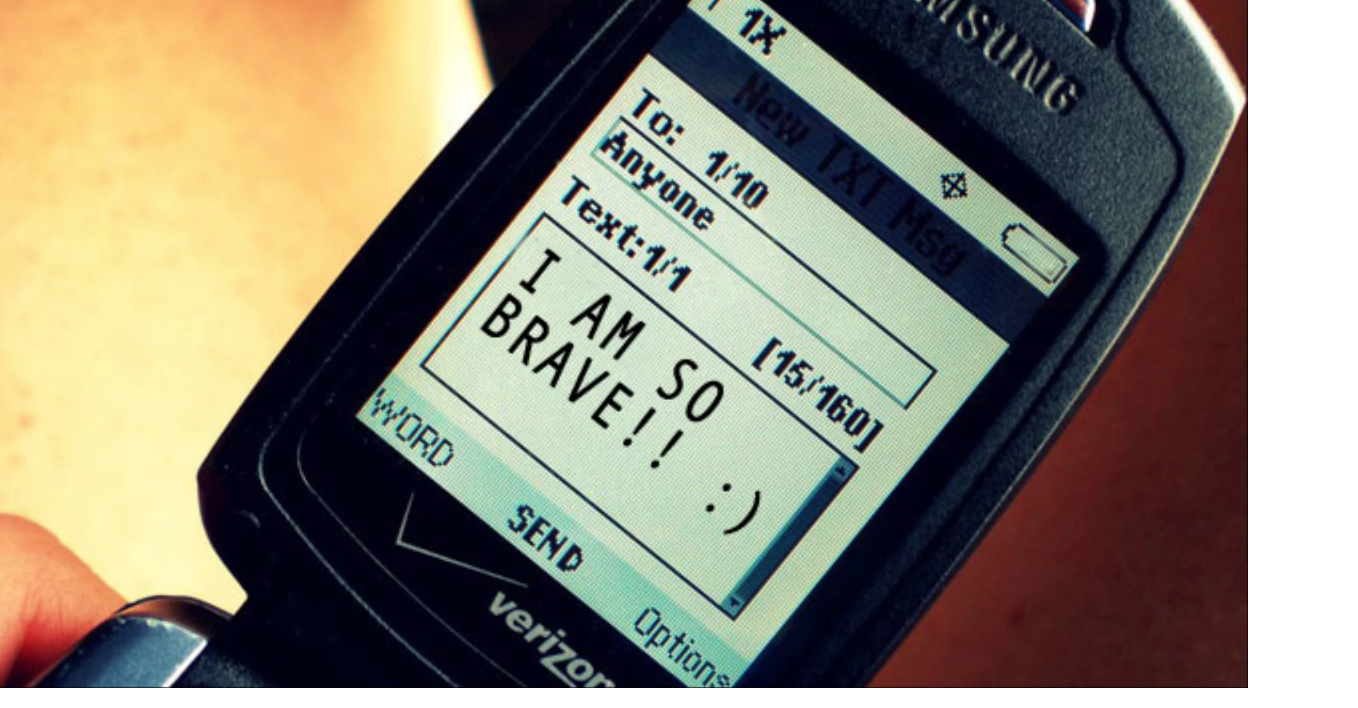Last month I wrote an article titled MINDFULNESS IS REALLY ABOUT ATTENTION AND IMPULSE CONTROL TRAINING and explained several ways to support that training in the classroom. I also wrote that the sense of calm that resonates is a byproduct or side effect of mindfulness. While it’s important for children to learn how to attend, concentrate, and learn to respond rather than react, it’s equally important for students to learn how to self-soothe when they recognize or become aware that they are nervous, scared, angry, sad, anxious, etc. In a day of lockdown drills, school threats, technology overload, over scheduling, and academic pressure, our kids are experiencing more and more dysregulated nervous systems than ever before. I see my role as an educator to not only teach academics but also to offer my students ways they can achieve overall wellness.
With school just around the corner, here is an activity that can be introduced during those beginning days of the year then practiced throughout. This mindfulness experience can bring your students into the present and promote greater awareness of themselves.
I Am So Brave Affirmation — This mindfulness application combines finger tapping, vocalization, and sending positive messages to the self. This activity can bring the mind from ruminating about the future or past to the stillness and calm of the present.
To begin, I like to ask students if there are times in their lives when they need to be brave or strong, then invite them to identify those times. If there is silence, I start the discussion with, “Does anyone ever feel nervous right before going to the dentist or doctor?” Usually, that gets the conversation going, especially with little ones. I also like to talk about how words are powerful and can affect how we feel: “Today, I want to teach you a technique that can help you feel less nervous. We are going to say a positive four-syllable phrase, ‘I am so brave’ as we tap our fingers.” Here, I like to give a short review of what a syllable is. “Let’s move into a mindful, proud, dignified position. Feel free to close your eyes, keep them open, or soften your gaze, remembering to do what feels best for you today. Begin to notice the inhales and exhales of your breath. Rest the back of your hands on your thighs or the top of your desk. Connect your thumb to your index finger for ‘I,’ your thumb and middle finger for ‘am,’ your thumb and ring finger for ‘so,’ and your thumb and pinkie for ‘brave.’”

Educators, continuing tapping out the syllables as you recite the phrase, “I am so brave.” You may notice that your students will mirror your volume as you become loud, then soft, then silent. Spend a little time continuing to tap as you repeat the affirmation in your head. Doing this for 30 seconds is a great start, but you can practice for as little or as long as you like. Be sure to end with a few full breaths. It’s always great when beginning these practices to ask kids, “How are you feeling? Did you notice anything? What other four-syllable, positive, feel-good affirmations can we use in this activity? When do you see yourself trying this out?”
My students practice this on their own not only before assessments in my class but also in other classes, before math tests or social studies presentations.
Invite children to try out any phrase they may think they need to hear. Here are some favorites from room 228: “I can do this,” “I have got this,” “I am in charge,” and “I am so strong.”
Before ending a lesson, I like to give my students a challenge. I ask them to be “Mindfulness Scientists” and conduct an experiment using the new tool then report back their findings. Experiments foster a sense of curiosity which is mindfulness trait. We want children to be curious about their inner world and how it informs their outer world. Learning what motivates us and where those impulses come from can be empowering.
This practice is not just for children. I invite you to try this practice to help guide you through a challenging time. Below is a video clip of me practicing as I wait to have some minor surgery.
Be sure to keep in touch. I’d love to know the statements your students like to use, when they find this practice useful, and how it may help them feel their best.

Follow me at:
@youthnationyoga on Twitter
@youthnationyoga on Instagram


